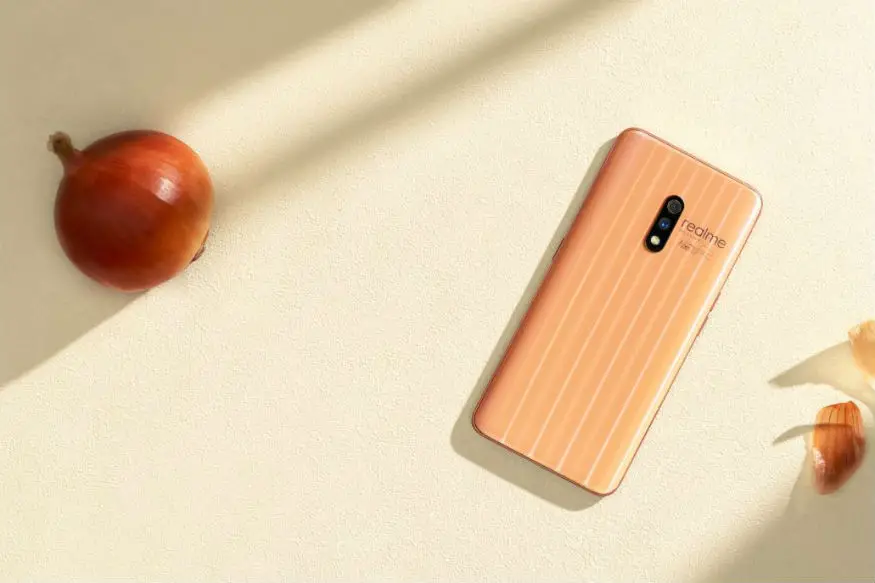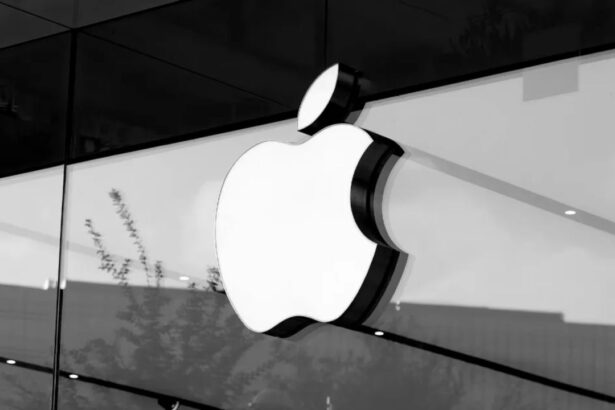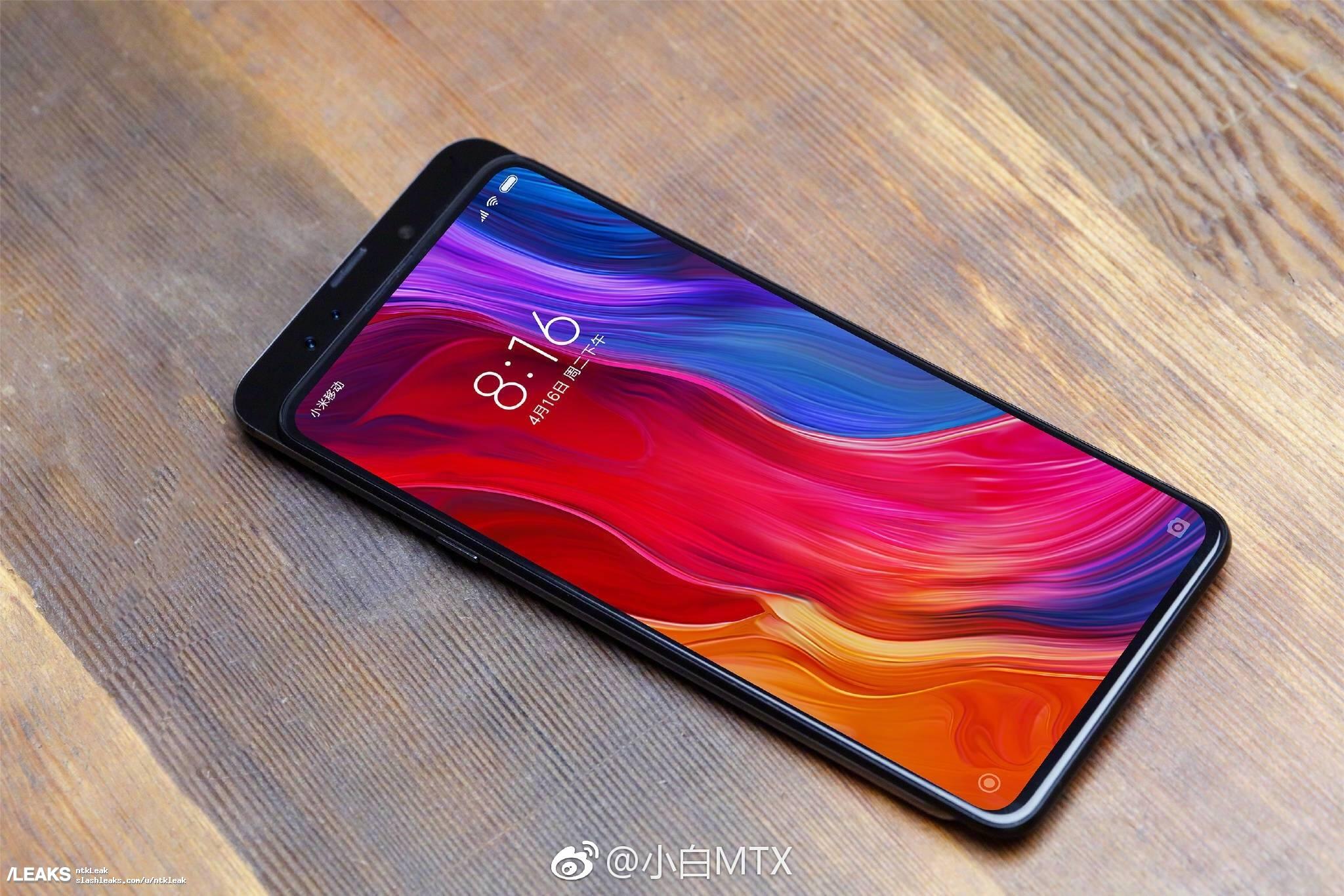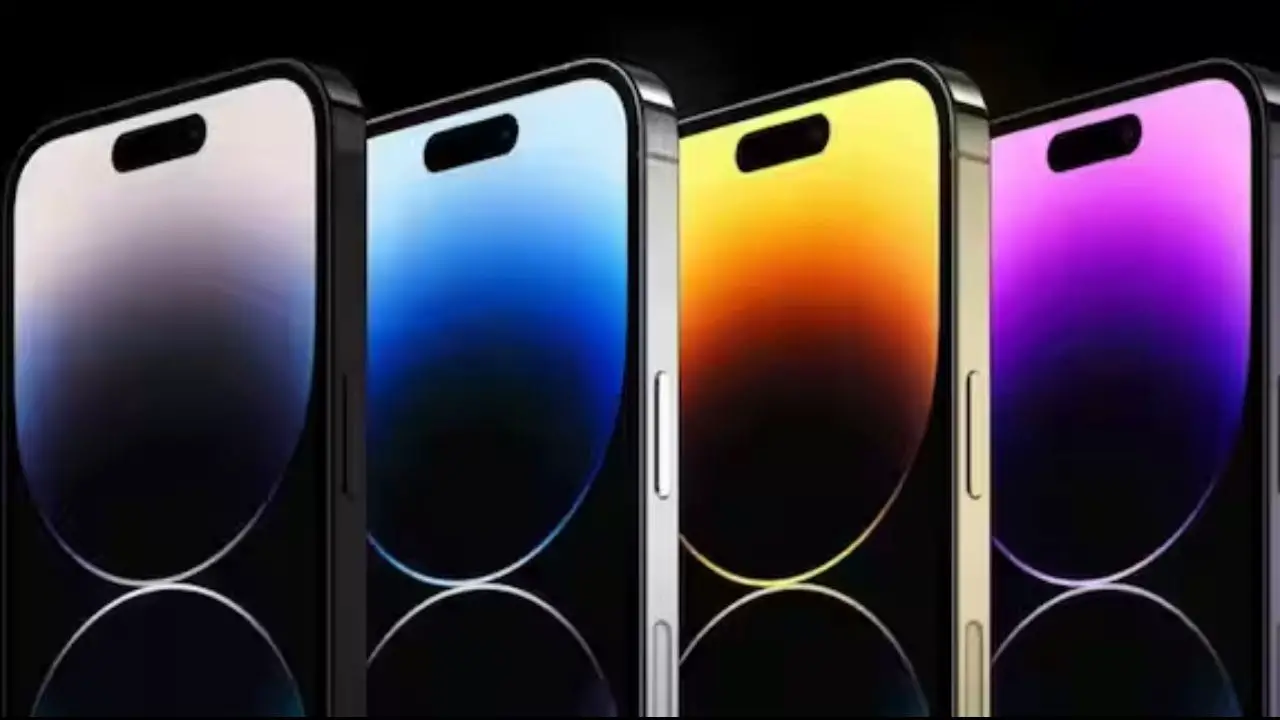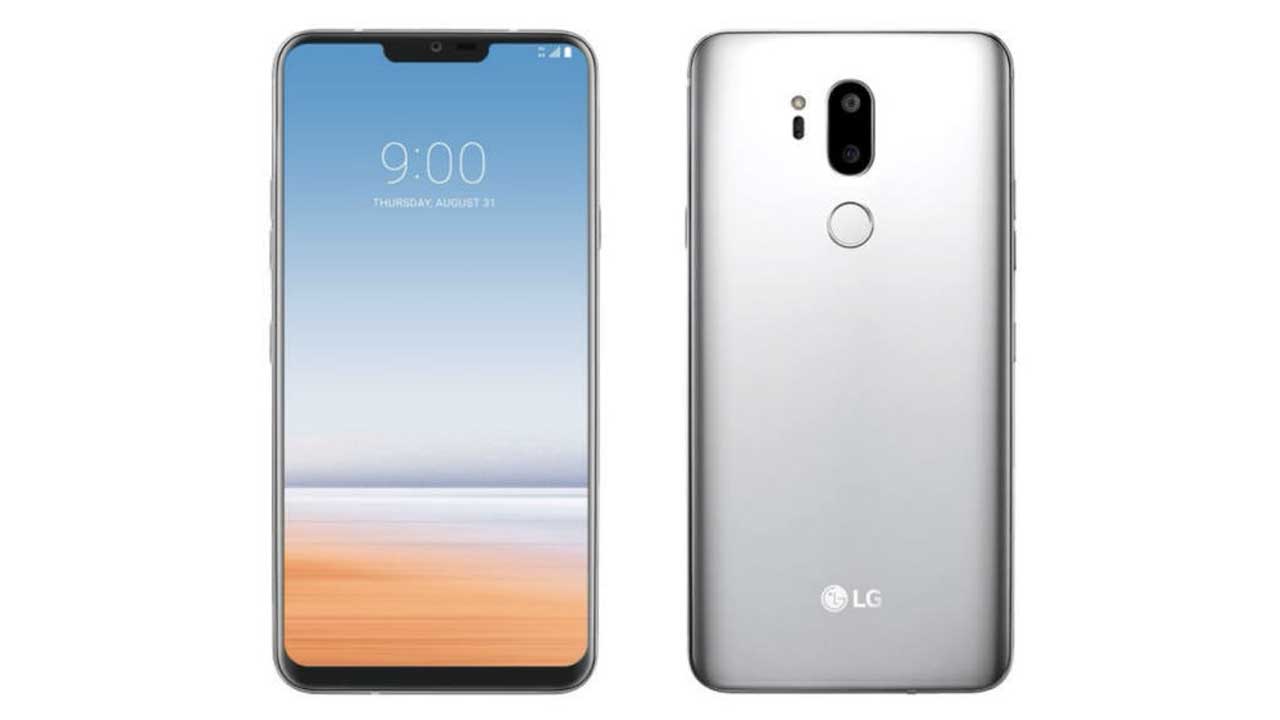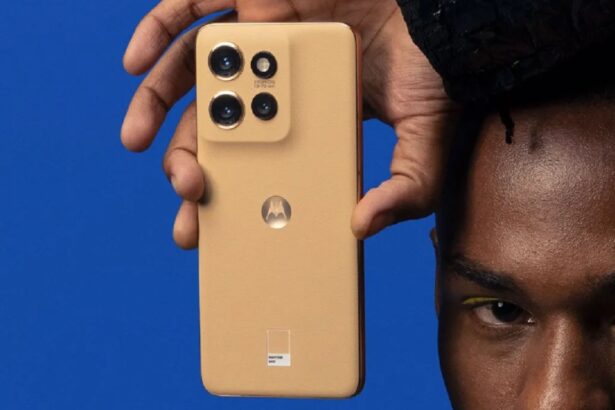It’s been a tough week, with all the rumors surrounding the whereabouts of the highly leaked Samsung Galaxy S8, and now that we finally have it, Samsung did manage to surprise us with a few not so highly leaked features. One such is the new Samsung DeX dock.
More from the Samsung Galaxy Unpacked 2017 coverage:
-
Samsung Galaxy S8 and S8 Plus Officially Announced – Here’s Everything You Need To Know
-
Meet the New Samsung Gear VR and Gear 360
-
Watch the Samsung Galaxy S8 and S8 Plus Launch Live stream Here!
It essentially is a docking method, reintroduced by Samsung, after the failed Motorola attempt with its Atrix all those years ago, and also is a direct competitor to the rather under-hyped Windows Continuum. But, since the Galaxy S8 doesn’t run Windows OS, Samsung spent a good amount of time redesigning the entire desktop experience to suit the new and updated apps that come along with it.
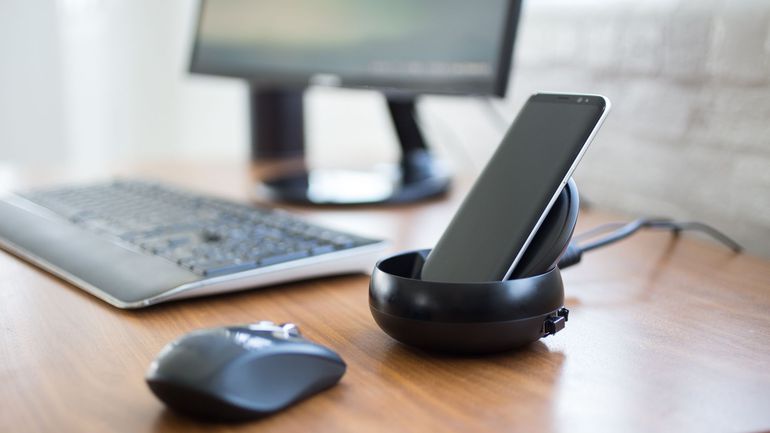
First off, it looks awfully like ChromeOS, and that’s a good thing, confirming that DeX is pretty much guaranteed to be a final product, available to consumers. The dock itself provides an HDMI out for the monitor, ports for the keyboard and mouse, and also two USB female ports for further creative use. The dock also sports a cooler, for obvious reasons. The best part of it all? The entire DeX dock is powered by a single USB C connection, so there’s absolute zero hassle.
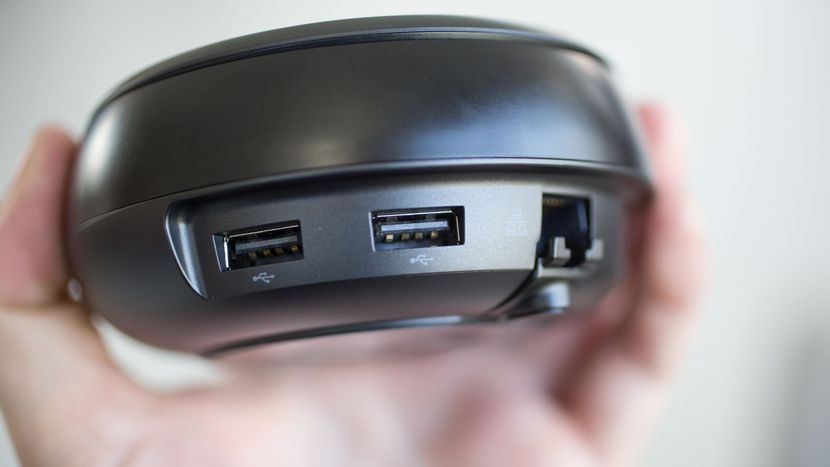
Like we see in every new initiative taken by a reputed company ever, DeX is still being developed into what Samsung expects to be a full-on replacement for a laptop. And quite honestly, with essential apps like a web browser, the built-in Adobe’s Creative Apps, and finally, the extensive collection of apps from the Google Play Store, the DeX dock really seems to be a promising mini-workstation.
Little annoyances like all the windows being closed when you undock and dock the S8 back again, and inconsistency concerning the app support, since Android isn’t natively meant for big screens, can easily be fixed with further updates. Our opinion for the same is that Samsung has done a pretty good job, expanding the usability of a smartphone, indirectly increasing their marketing platform, and for a version one, we say they pretty much nailed it.

